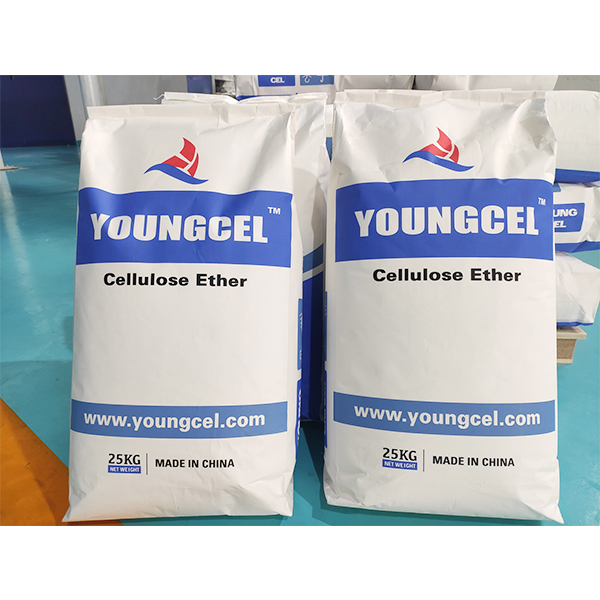Understanding HPMC Ether A Versatile Polymer in Pharmaceuticals and Beyond
Hydroxypropyl Methylcellulose (HPMC) ether is a non-ionic, water-soluble polymer derived from cellulose, an abundant natural polymer. Recognized for its versatility and functionality, HPMC ether has become an essential ingredient in various industries, particularly in pharmaceuticals, food, cosmetics, and construction. This article will explore the structure, properties, applications, and advantages of HPMC ether, highlighting its significance across different fields.
Structure and Properties
HPMC ether is synthesized through the modification of cellulose, where hydroxypropyl and methyl groups are introduced into the cellulose structure. This alteration enhances the solubility of the polymer in water and organic solvents. HPMC ether varies in viscosity, degree of substitution, and gel-forming properties, allowing manufacturers to tailor it to specific needs.
One of the most notable characteristics of HPMC ether is its hydrophilic nature, making it readily soluble in cold water. The polymer forms a gel-like consistency upon heating, which is beneficial in various applications. Moreover, HPMC ether is known for its excellent film-forming capabilities, providing a barrier to moisture and oxygen, which is particularly advantageous in pharmaceutical formulations.
Applications in Pharmaceuticals
In the pharmaceutical industry, HPMC ether plays a crucial role, especially in the formulation of controlled-release drug delivery systems. Its ability to form gels allows it to regulate the release of active pharmaceutical ingredients (APIs), providing a sustained release profile that can enhance therapeutic effectiveness and patient adherence.
Furthermore, HPMC ether is used as a binder and a film-coating agent in tablet formulations. It ensures that tablets maintain their integrity during storage and disintegration, optimizing the bioavailability of the drug. Additionally, HPMC ether serves as a stabilizer in suspensions and emulsions, preventing the aggregation of particles and ensuring uniformity in drug formulations.
hpmc ether

Beyond drug delivery, HPMC ether finds utility as a thickening agent and emulsifier in topical formulations, such as creams and gels. Its non-toxic and hypoallergenic nature makes it suitable for sensitive skin applications, enhancing the overall safety profile of personal care products.
Advantages in Food and Other Industries
HPMC ether is also utilized in the food industry as a thickening, gelling, and stabilizing agent. It improves the texture and mouthfeel of food products, providing a pleasant sensory experience for consumers. In gluten-free baking, HPMC ether mimics the properties of gluten, contributing to the structure and moisture retention of baked goods.
Moreover, in the construction sector, HPMC ether serves as an additive in cement and mortar formulations, enhancing workability and water retention. Its ability to improve adhesion and prolong the setting time of materials makes it a valuable component in construction applications.
Environmental and Safety Considerations
An essential aspect of HPMC ether is its biocompatibility and biodegradability. Being derived from cellulose, it is generally recognized as safe (GRAS) for use in food and pharmaceutical products. This attribute aligns with the increasing demand for environmentally friendly and sustainable materials across industries.
Conclusion
In summary, HPMC ether is a powerful and versatile polymer that serves crucial roles in pharmaceuticals, food, and construction. Its unique properties, such as water solubility, gel formation, and film-forming ability, make it indispensable in formulating various products that enhance quality and functionality. As industries continue to evolve, the applications of HPMC ether are likely to expand, solidifying its place as a critical component in modern formulations.
-
Premium Detergent Grade HPMC Hydroxypropyl Methylcellulose: Superior Thickening & StabilityNewsAug.31,2025
-
HEC 100000 Hydroxyethylcellulose for Paint | Superior ThickeningNewsAug.30,2025
-
Wall Putty Rdp Powder Packaging DesignNewsAug.29,2025
-
Introduction to Hpmc Hydroxypropyl Methyl CellulosNewsAug.29,2025
-
Hpmc Industri Grade IntegrationNewsAug.29,2025
-
How to Choose the Right Construction AdhesiveNewsAug.29,2025




